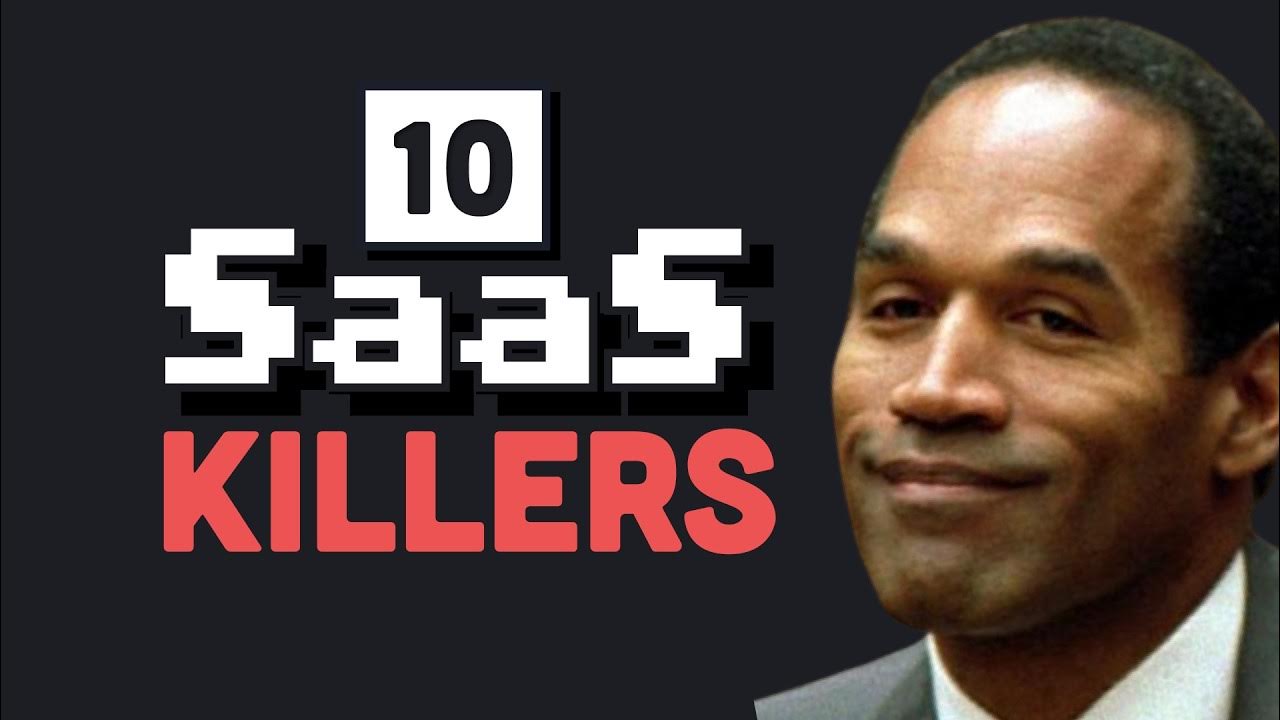Remember, for every paid SaaS, there is a free open-source self-hosted alternative. Let’s take a look at 10 FOSS tools designed to replace popular tools like MS Office, Notion, Heroku, Vercel, Zoom, Adobe, and more.
…
⭐ Repos mentioned
You must log in or register to comment.
3 minutes in before its revealed its actually a sponsored video to advertise daily.dev



